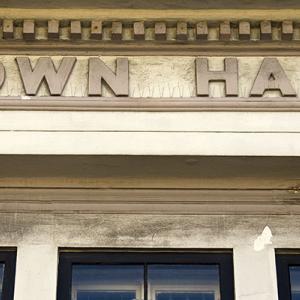In a review published today, the spending watchdog reported the DfE spent £4.5bn in 2015/16 to improve the estate and provide more places amid growing demand.
Auditors credited the department for making significant progress in both areas.
As of this month, the DfE will have replaced 178 schools in poor condition through the priority schools building programme.
Meanwhile, by using more local measures, and allocating money more closely to need, the department has improved the way it predicts demand for school places, the NAO said.
As such, the department oversaw an increase in school places of 600,000 between 2010 and 2015, mostly in good or outstanding schools, the report said. From 2016 to 2021, the number of new school places needed will be around 420,000.
However, around 60% of the school estate was built before 1976 and is nearing the end of its useful life. As such, the cost of dealing with major defects is expected to double between 2015-16 and 2020-21, with current levels of funding, representing a significant risk to value for money, the NAO said.
Responsibility for maintaining the condition of the school estate has been devolved to schools, multi-academy trusts and local authorities – although funding levels are still set by the DfE. As such, a property data survey conducted by the department estimated it would cost £6.7bn to return all school buildings to a satisfactory condition.
By 2020, the department expects to have opened 883 free schools in total, while funding 270,000 free school places between 2016-2021, auditors found.
Free schools were “playing an increasingly important role in addressing demographic need for new school places” and offering parents choice, auditors highlighted. Some, however, were operating with spare capacity which raised questions over their sustainability.
The most significant risk to delivering the free schools target identified by auditors was a lack of available sites. On average, free schools sites cost £4.9m, and the DfE is planning to set up a property company to ensure it secures sites at the best available price.
Amyas Morse, head of the NAO, said the DfE had made positive moves to meet the future challenges of the ageing school estate and increases in demand, but significant challenges remained.
“To deliver value for money, the department must make the best use of the capital funding it has available – by continuing to increase the use of data to inform its funding decisions and by creating places where were it can demonstrate that they will have the greatest impact.”
In a statement, Meg Hillier, chair of the public accounts committee, accused the Department for Education of misdirecting funds by “choosing to open new free schools in areas which do not need them and … failing to fill places.
“This is taxpayers’ money that could be used to fund much needed improvements in thousands of existing school buildings,” she said.
Responding to the report, a DfE spokesman said more than three-quarters of free schools had been approved in areas where there was demand for new places and the vast majority were rated good or outstanding by Ofsted.
"The government is making a huge investment in the school estate of £23bn up to 2021, to create a further 600,000 new school places, deliver 500 new free schools, and rebuild and refurbish buildings at over 500 schools,” he added.



















